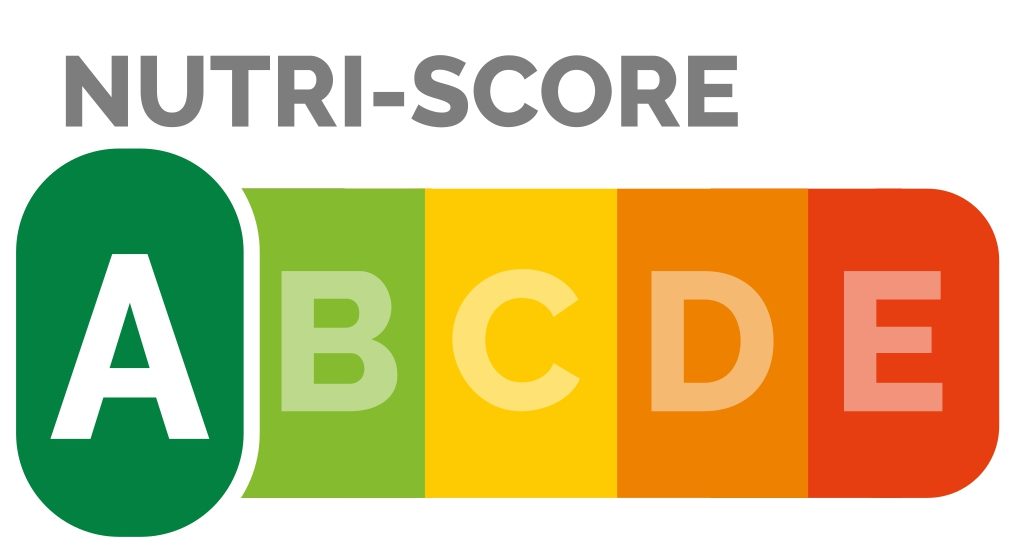Federal health minister Maggie De Bock is ready to introduce a new sort of food labelling – the Nutri-Score, a coloured ticket which gives an indication from A to E the extent to which a food product contributes to a healthy diet. The idea has the backing of supermarket chains Delhaize and Colruyt, as well as consumer organisation Test-Achats. But the food industry is sceptical: “Most producers won’t use the label,” a spokesperson for the sector told the VRT.
The Nutri-Score is based on a calculation of the content of sugar, salt, saturated fats and calories, balanced against the content of fruit, vegetables, fibre and proteins, to give a score represented from the highest, A on dark green, to E on red.
The misgivings of the processed food industry are understandable: they are already obliged to list ingredients and their proportions, but the information is in tiny print, and may be unintelligible to the majority of lay people, especially when ingredients like sugars are listed under several names so that the quantities appear smaller than they are.
The Nutri-Score may be considered simplistic, an accusation made by Fevia, the food industry federation, but it does have the advantage of being immediately clear and legible to the ordinary shopper without a degree in nutrition.
“The colour code is too simplistic,” said Fevia spokesperson Nicholas Courant. “It takes no account of individual needs. You can imagine that a 25-year-old athlete has different requirements than an old age pensioner. But this system takes no account of that.
The system is also stigmatising, he said. “Think of our Belgian chocolate, a product we’re rightly proud of. Do we really want to attack a red warning sign to the packaging?”
Alan Hope
The Brussels Times

